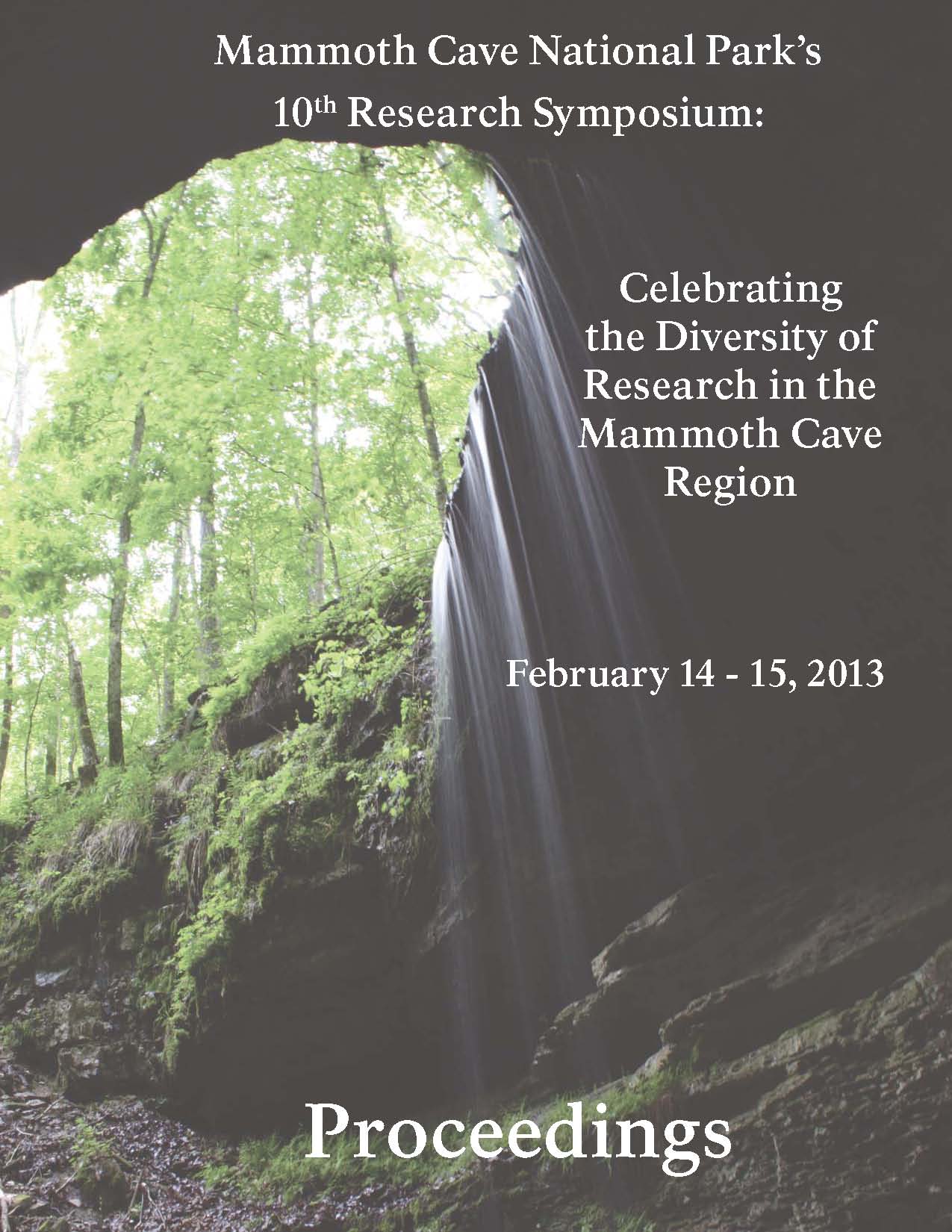Start Date
14-2-2013 2:50 PM
Description
Monitoring populations of organisms over time is difficult even under the best circumstances; this is especially true of cave organisms. Cave organisms may not be detected during a monitoring survey even though they may be present. Indeed, detectability, i.e., the probability of detecting target taxa during a survey given they’re present at the site, undoubtedly varies among cave habitats (e.g., terrestrial versus aquatic) and cave organisms (e.g., cave beetles versus cave fish). However, to make reliable inferences regarding the relationship between the probability a sampling site is occupied by a cave organism (i.e., occupancy) and abiotic/ biotic factors that affect it requires analyses of imperfect detection. Detectability can be used to model occupancy which can, in turn, be used as a surrogate for abundance. The proportion of sites occupied by the target taxon can be used as a variable to characterize the status of purportedly sensitive cave aquatic ecosystems.
Recommended Citation
Helf, Kurt, "Long-term Monitoring of Aquatic Biota Using Occupancy Modeling" (2013). Mammoth Cave Research Symposia. 10.
https://digitalcommons.wku.edu/mc_reserch_symp/10th_Research_Symposium_2013/Research_Posters/10
Included in
Animal Sciences Commons, Forest Sciences Commons, Geology Commons, Hydrology Commons, Other Earth Sciences Commons, Plant Sciences Commons
Long-term Monitoring of Aquatic Biota Using Occupancy Modeling
Monitoring populations of organisms over time is difficult even under the best circumstances; this is especially true of cave organisms. Cave organisms may not be detected during a monitoring survey even though they may be present. Indeed, detectability, i.e., the probability of detecting target taxa during a survey given they’re present at the site, undoubtedly varies among cave habitats (e.g., terrestrial versus aquatic) and cave organisms (e.g., cave beetles versus cave fish). However, to make reliable inferences regarding the relationship between the probability a sampling site is occupied by a cave organism (i.e., occupancy) and abiotic/ biotic factors that affect it requires analyses of imperfect detection. Detectability can be used to model occupancy which can, in turn, be used as a surrogate for abundance. The proportion of sites occupied by the target taxon can be used as a variable to characterize the status of purportedly sensitive cave aquatic ecosystems.


Comments
Abstract only